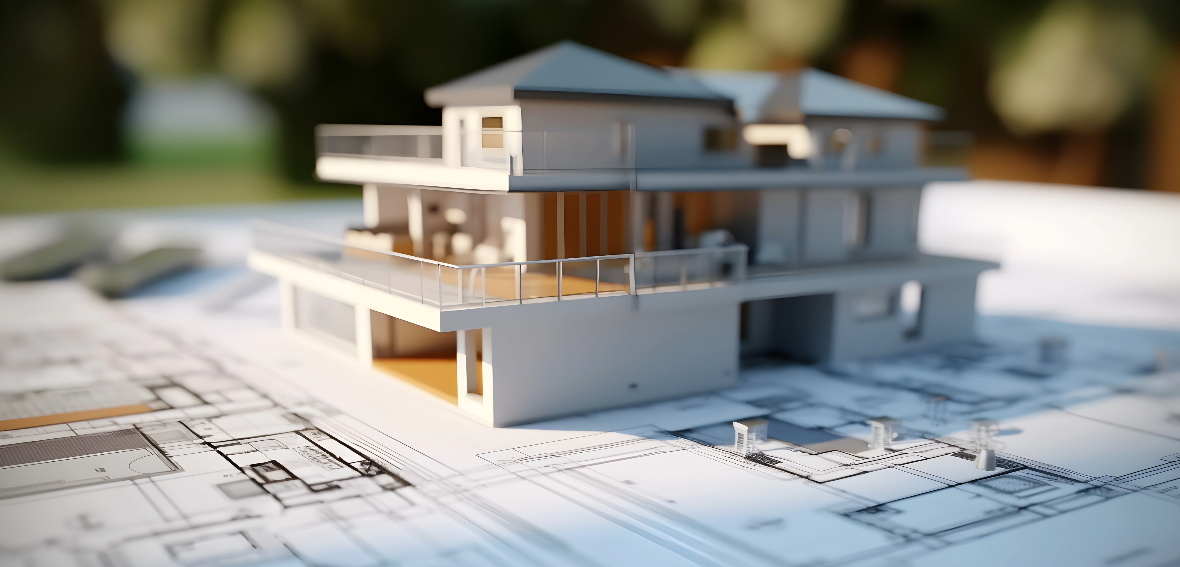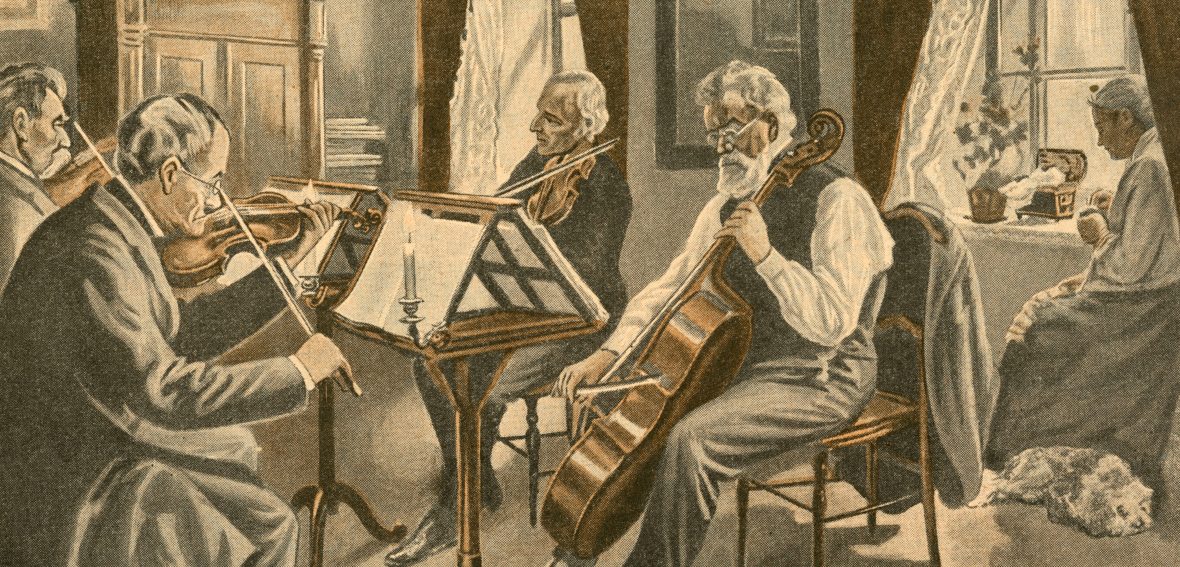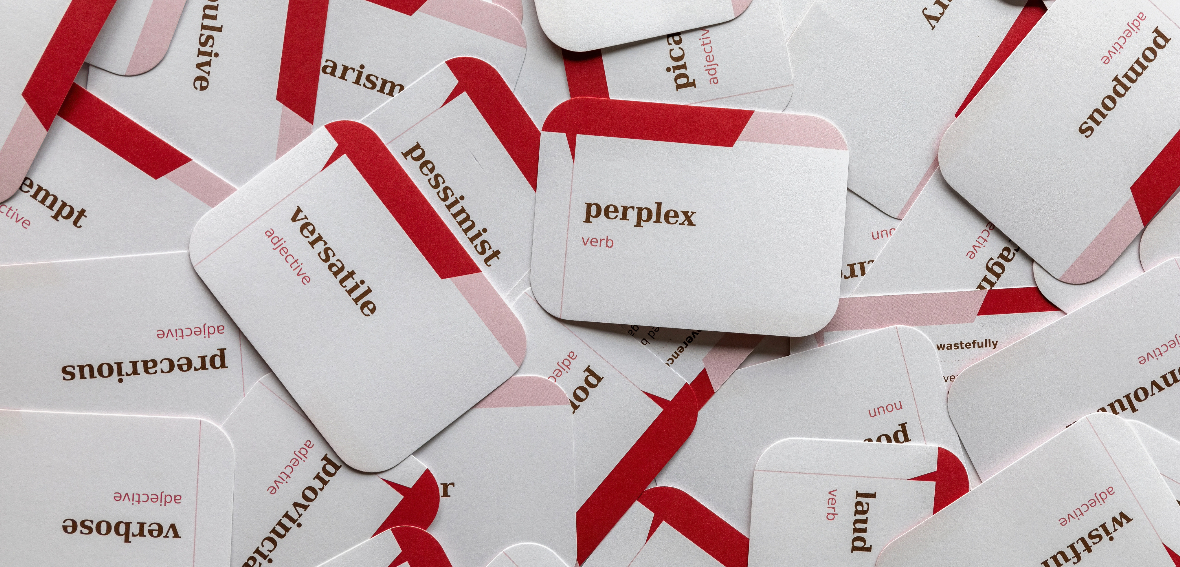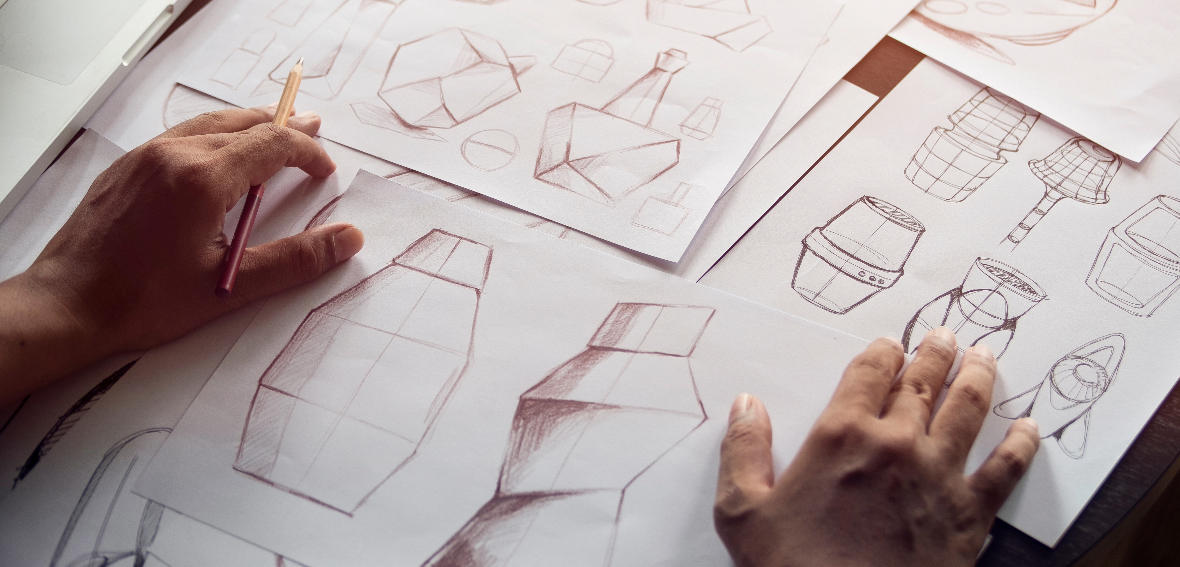Histoire de l’architecture
Depuis l’Antiquité, l’architecture a joué un rôle essentiel dans la définition des civilisations. Que ce soit les majestueuses pyramides d’Égypte ou les temples gréco-romains, chaque structure raconte une histoire.
Exemple académique
“The Pyramids of Giza, constructed around 2580-2560 BC, are a testament to ancient Egyptian architectural ingenuity. Designed as monumental tombs, these pyramids have withstood the test of time and remain largely intact today. Conversely, the Gothic cathedrals of medieval Europe, with their towering pillars and intricate designs, were primarily built for religious purposes. Both serve as examples of architectural brilliance from different eras and cultures. The Roman Empire, known for its innovative infrastructure, introduced the aqueduct, a system designed to transport water across vast distances using a series of columns and arches.”
Vocabulaire clé
- Column (Colonne)
- Pillar (Pilier)
- Aqueduct (Aqueduc)
- Gothic (Gothique)
Questions Type TOEFL
- Question d’inférence: Which of the following architectural elements is NOT mentioned as being resilient over time in the passage?
- Pyramids
- Gothic cathedrals
- Roman aqueducts
- Modern skyscrapers
- Question de vocabulaire: In the passage, the word “aqueducts” can be best described as:
- Structures for religious ceremonies
- Buildings from the medieval period
- Systems that transport water
- Pillars supporting bridges
- Question d’informations factuelles: What function did the Pyramids of Giza serve?
- A place for water storage
- As monumental tombs
- As residences for the elite
- As venues for religious practices
Réponses et explications
- D. Modern skyscrapers (Les gratte-ciels modernes ne sont pas mentionnés dans le texte.)
- C. Systems that transport water (Le texte indique que les aqueducs transportaient de l’eau sur de longues distances.)
- B. As monumental tombs (Il est explicitement mentionné que les pyramides étaient “designed as monumental tombs”.)
Styles architecturaux majeurs
À travers l’histoire, différents styles architecturaux ont émergé, reflétant les évolutions culturelles, technologiques et artistiques des sociétés. Du classique au baroque en passant par le moderne, chaque style a ses caractéristiques distinctives.
Exemple académique
“Renaissance architecture, which originated in early 15th century Italy, emphasized symmetry, geometry, and the regular use of columns. Contrarily, the Brutalist architecture of the mid-20th century favored raw concrete and bold, block-like designs, often perceived as cold or imposing.”
Vocabulaire clé
- Symmetry (Symétrie)
- Geometry (Géométrie)
- Columns (Colonnes)
- Brutalist (Brutaliste)
Questions Type TOEFL
- Question de simplification de phrase: Which of the following best summarizes the architectural styles mentioned in the passage?
- Both Renaissance and Brutalist styles emphasized symmetry and geometry.
- Renaissance architecture valued symmetry, while Brutalist designs were bold and block-like.
- Brutalist structures often appeared warm and welcoming.
- Both styles originated in 15th century Italy.
- Question de vocabulaire: In the passage, the term “imposing” most likely means:
- Inviting
- Insignificant
- Dominant
- Flexible
Réponses et explications
- B. Renaissance architecture valued symmetry, while Brutalist designs were bold and block-like. (Le texte met en contraste les styles Renaissance et Brutaliste.)
- C. Dominant (“Imposing” suggère quelque chose qui est dominant ou qui a une forte présence.)
Architecture contemporaine
Avec l’avancement technologique et l’urbanisation croissante, l’architecture contemporaine cherche à répondre aux besoins changeants de la société tout en explorant de nouveaux matériaux et formes.
Exemple académique
“Sustainable architecture, a hallmark of contemporary design, prioritizes eco-friendly materials and energy-efficient methods. The integration of green roofs, solar panels, and passive cooling techniques exemplifies this shift towards a more environmentally conscious approach.”
Vocabulaire clé
- Sustainable (Durable)
- Eco-friendly (Écologique)
- Green roofs (Toits verts)
- Passive cooling (Refroidissement passif)
Questions Type TOEFL
- Question d’inférence: What can be inferred about contemporary architectural priorities from the passage?
- It disregards environmental concerns.
- It focuses solely on aesthetics.
- It places an emphasis on environmental sustainability.
- It prefers traditional building techniques.
- Question de vocabulaire: The word “hallmark” in the passage can be best described as:
- A brand
- A drawback
- A distinctive feature
- A type of material
Réponses et explications
- C. It places an emphasis on environmental sustainability. (Le texte évoque l’importance de la durabilité et des méthodes écologiques dans l’architecture contemporaine.)
- C. A distinctive feature (“Hallmark” signifie une caractéristique distinctive ou un trait reconnaissable.)
L’impact de l’architecture sur la société
L’architecture façonne non seulement nos villes mais aussi nos modes de vie, nos interactions sociales et même notre santé mentale. Elle peut inspirer, unifier ou même diviser une communauté.
Exemple académique
“Public spaces like parks, plazas, and libraries play a pivotal role in fostering community interactions. Conversely, imposing structures or poorly designed urban areas can lead to social isolation or a decline in community spirit.”
Vocabulaire clé
- Public spaces (Espaces publics)
- Pivotal (Essentiel)
- Social isolation (Isolement social)
- Community spirit (Esprit communautaire)
Questions Type TOEFL
- Question d’inférence: What does the passage suggest about the relationship between architecture and society?
- Architecture has no significant impact on societal interactions.
- Public spaces are typically areas of social isolation.
- The design of spaces can influence community interactions, both positively and negatively.
- Community spirit is solely determined by urban design.
- Question de vocabulaire: In the context of the passage, “pivotal” most closely means:
- Insignificant
- Rotating
- Critical
- Secondary
Réponses et explications
- C. The design of spaces can influence community interactions, both positively and negatively. (Le texte souligne l’importance des espaces publics dans la promotion des interactions communautaires, mais note également les effets négatifs potentiels d’une mauvaise conception.)
- C. Critical (“Pivotal” signifie essentiel ou critique.)
Conclusion
L’architecture, bien plus qu’un simple art de concevoir des bâtiments, est un miroir des évolutions socioculturelles de notre histoire. Chaque structure, chaque style, chaque innovation reflète les aspirations, les défis et les valeurs d’une époque.
En préparant le TOEFL iBT, il est essentiel de non seulement comprendre le vocabulaire et les concepts de base de l’architecture, mais aussi de saisir son impact profond sur notre société et notre environnement. Cet examen, après tout, ne teste pas uniquement la connaissance de la langue anglaise, mais également la capacité à contextualiser et analyser des informations.
En comprenant l’architecture, vous ne maîtrisez pas seulement un sujet de plus pour le TOEFL, mais vous embrassez aussi une perspective enrichissante sur le monde qui vous entoure.
Pour ceux qui cherchent à approfondir leur compréhension des différents thèmes présents dans le TOEFL, je vous invite à consulter notre article détaillé sur le sujet : Thèmes du TOEFL iBT.












































































































